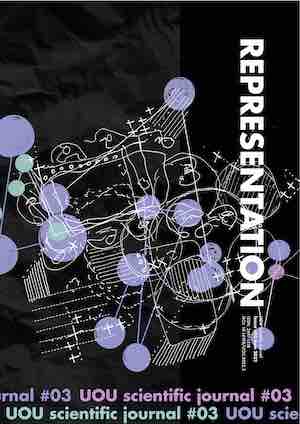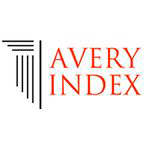Visualizing Complexity in Extreme Architecture
Abstract
Architecture deals with the design of spaces for human activities, providing comfort to its occupants, within a myriad of environmental conditions. When facing extreme environmental conditions, architecture must be responsive and turn these adverse conditions into a comfort space for human conditions. The EA Unit at the Department of Architecture, in ABC University, is a conceptual umbrella under which students are invited to develop architectural projects meeting the technical demands of designing buildings for extreme conditions. While confronted with the evidence of the nature of such extreme demands, students are requested to develop an extreme scenario, which is indeed the storyline where all design elements are rooted into. In this sense, a visual narrative is the key instrument to code the projects’ syntax and to explain the logic by which each particular project can be understood. However, the unit demands the use of rather technical arguments to sustain a project responsive to extreme conditions and thus, close to be developed through a scientific method. Then, how visualizations can express individual approaches to the otherwise obvious solution to a technical problem? How visualizations maintain uniqueness while expressing the project's response to the technical demands? To answer both questions, we must embrace the inherent complexity of extreme environments. The use of visualizations allows students to deal with such complexity from their own perspective, expressed by the language of those representations. In this essay, the authors attempt to provide answers to these questions by critically revising two projects developed in the unit.
Downloads
References
Boeykens, S., Santana Quintero, M. and Neuckermans, H. (2008) ‘Improving architectural design analysis using 3D modeling and visualization techniques’, in Digital Heritage: Proceedings of the 14th International Conference on Virtual Systems and Multimedia. Archeolingua; Hungary, pp. 67–73.
Bouchlaghem, D. et al. (2005) ‘Visualisation in architecture, engineering and construction (AEC)’, Automation in Construction, 14(3), pp. 287–295. doi: https://doi.org/10.1016/j.autcon.2004.08.012.
Cao, Y., Kahlon, Y. and Fujii, H. (2021) ‘Capturing Interpretation Sources in Architectural Design by Observing Sequences of Design Acts’, in Proceedings of the 26th CAADRIA Conference. CUMINCAD.
Cook, P. (2014) Drawing: the motive force of architecture. John Wiley & Sons.
Haque, M. E. (2003) ‘Visualization Techniques for Structural Design Education’, in ASEE Annual Conference & Exposition. Nashville, Tennessee.: American Society for Engineering Education, pp. 1–7. Available at: https://peer.asee.org/12260.
Koutamanis, A. (2000) ‘Digital architectural visualization’, Automation in Construction, 9(4), pp. 347–360. doi: https://doi.org/10.1016/S0926-5805(99)00018-7.
Lewis, P., Tsutumaki, M. and Lewis, D. J. (2016) Manual of section. Chronicle Books.
Pietroni, E. and Ferdani, D. (2021) ‘Virtual Restoration and Virtual Reconstruction in Cultural Heritage: Terminology, Methodologies, Visual Representation Techniques and Cognitive Models’, Information, 12(4). doi: 10.3390/info12040167.
Tory, M. and Staub-French, S. (2008) ‘Qualitative analysis of visualization: A building design field study’, in Proceedings of the 2008 Workshop on BEyond time and errors: novel evaLuation methods for Information Visualization, pp. 1–8.
Downloads
Published
How to Cite
Issue
Section
License
Copyright (c) 2022 Mauricio Morales-Beltran, Kaan Çetin, Berca Kavani

This work is licensed under a Creative Commons Attribution 4.0 International License.
The authors keep their rights upon their work, although they transfer, in a non-exclusive way, the rights of exploitation (reproduction, publication, distribution, public dissemination and presentation) to the Journal. The authors are, therefore, free to enter additional, separate contracts for the non-exclusive distribution of the version of the work published in the Journal (for instance, by hosting in an institutional repository or publication in a book), provided credit is given that the work was initially published in this journal. The works are published under a Creative Commons Attribution 4.0 (CC BY 4.0) license.












